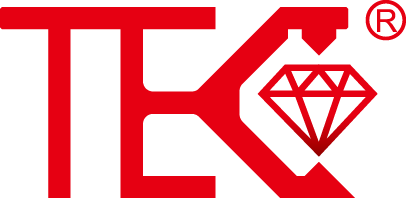MagnetostrictiveLiquidLevelGaugeforWaterTreatmentPlants
In the complex ecosystem of water treatment facilities, precise liquid level monitoring stands as a critical operational requirement. The magnetostrictive liquid level gauge has emerged as a superior solution, offering unprecedented accuracy and reliability for these demanding environments. This advanced technology represents a significant leap beyond traditional float switches and ultrasonic sensors, providing plant operators with the data integrity necessary for optimal process control.
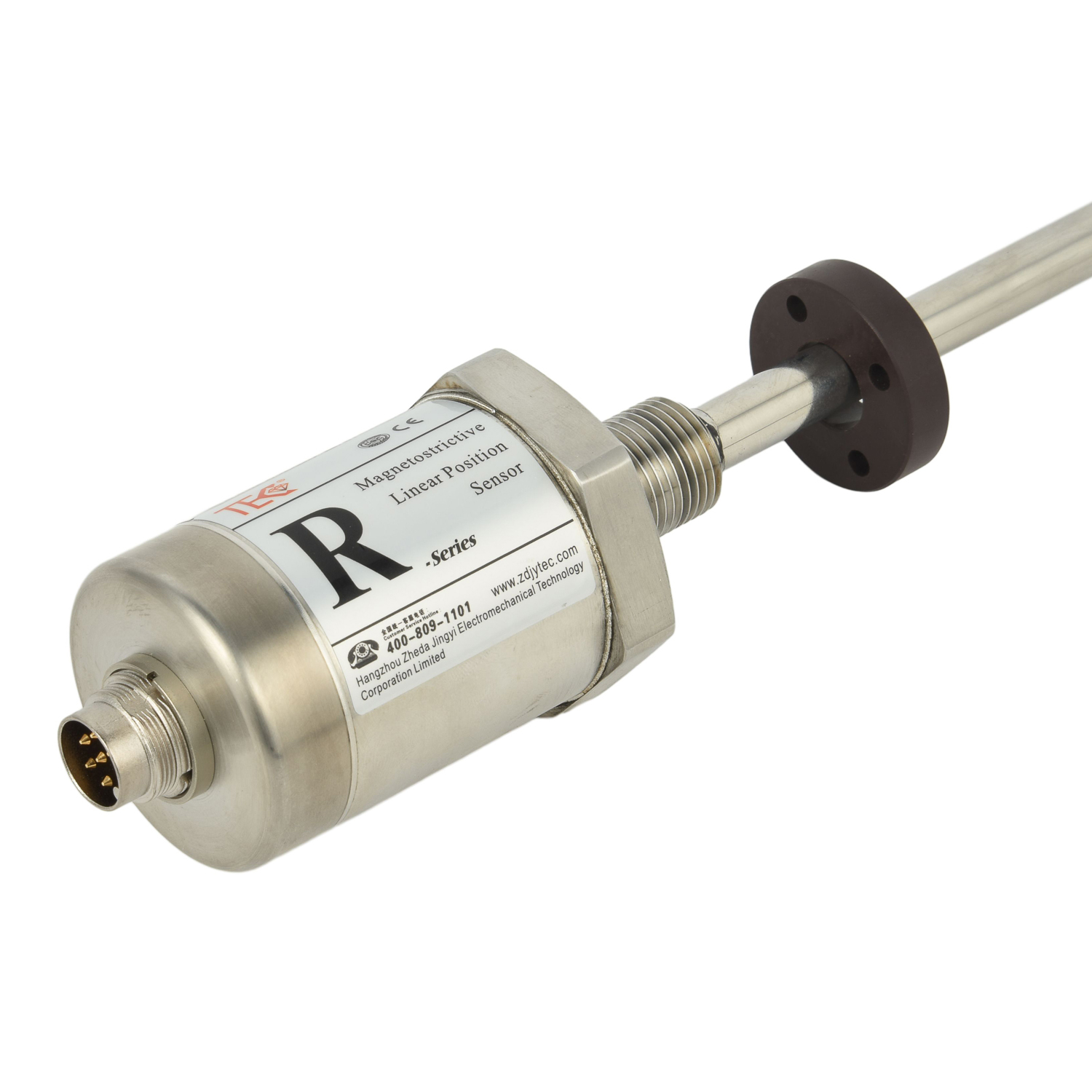
Advanced Operating Principle for Superior Accuracy
The fundamental operation of magnetostrictive level gauges relies on the interaction between a magnetic float and a specialized probe wire. When current pulses travel through the waveguide, they create a circular magnetic field that interacts with the permanent magnet in the float. This interaction generates a torsional stress wave that travels back to the sensor head at the speed of sound. By precisely measuring the time difference between pulse transmission and wave return, the system calculates liquid position with remarkable resolution, often achieving accuracies within ±0.5mm. This physical principle remains unaffected by common plant variables including foam, vapor, temperature fluctuations, and minor contaminant buildup.
Enhanced Process Control in Water Treatment
Water treatment plants benefit tremendously from the continuous, real-time data provided by magnetostrictive level measurement systems. Throughout the multi-stage purification process—from initial screening and sedimentation to chemical treatment and filtration—maintaining precise liquid levels ensures consistent flow rates and retention times. This precision directly impacts chemical dosing accuracy, backwash cycle optimization, and clarifier performance. The technology's high repeatability eliminates guesswork in critical processes like sludge blanket management and filter bed monitoring, enabling automated control systems to maintain ideal operational parameters without manual intervention.
Durability in Demanding Water Environments
The harsh conditions present in water and wastewater treatment facilities demand exceptional equipment resilience. Magnetostrictive level gauges excel in these challenging applications through their non-contact measurement principle and robust construction. The sensing element remains completely isolated from the medium, protected within a sealed stainless steel tube rated for full submersion. This design eliminates mechanical wear components while providing inherent resistance to corrosion, abrasion, and chemical exposure from treatment additives. With no moving parts in direct contact with the process fluid, these instruments maintain calibration integrity through years of continuous service with minimal performance degradation.
Reduced Maintenance and Operational Costs
The economic advantages of implementing magnetostrictive level technology extend far beyond initial acquisition costs. Unlike mechanical floats that require regular cleaning and replacement or ultrasonic sensors needing frequent recalibration, magnetostrictive systems operate maintenance-free for extended periods. Their solid-state design eliminates mechanical failure points while providing stable, drift-free measurement that reduces the need for manual verification. This reliability translates directly into reduced labor hours for inspection and maintenance, decreased inventory costs for replacement parts, and elimination of process interruptions for instrument service—delivering substantial return on investment through enhanced operational efficiency.
Integration with Modern Control Systems
Contemporary magnetostrictive level transmitters offer seamless integration capabilities with plant-wide control architectures through multiple communication protocols. Standard 4-20mA analog outputs provide compatibility with existing PLC and SCADA systems, while advanced versions feature HART, Profibus, Foundation Fieldbus, or Modbus interfaces for digital networking. This connectivity enables comprehensive data logging, remote configuration, and predictive maintenance capabilities. Modern units also feature sophisticated diagnostics that monitor system health and alert operators to potential issues before they impact process performance, creating opportunities for condition-based maintenance strategies.
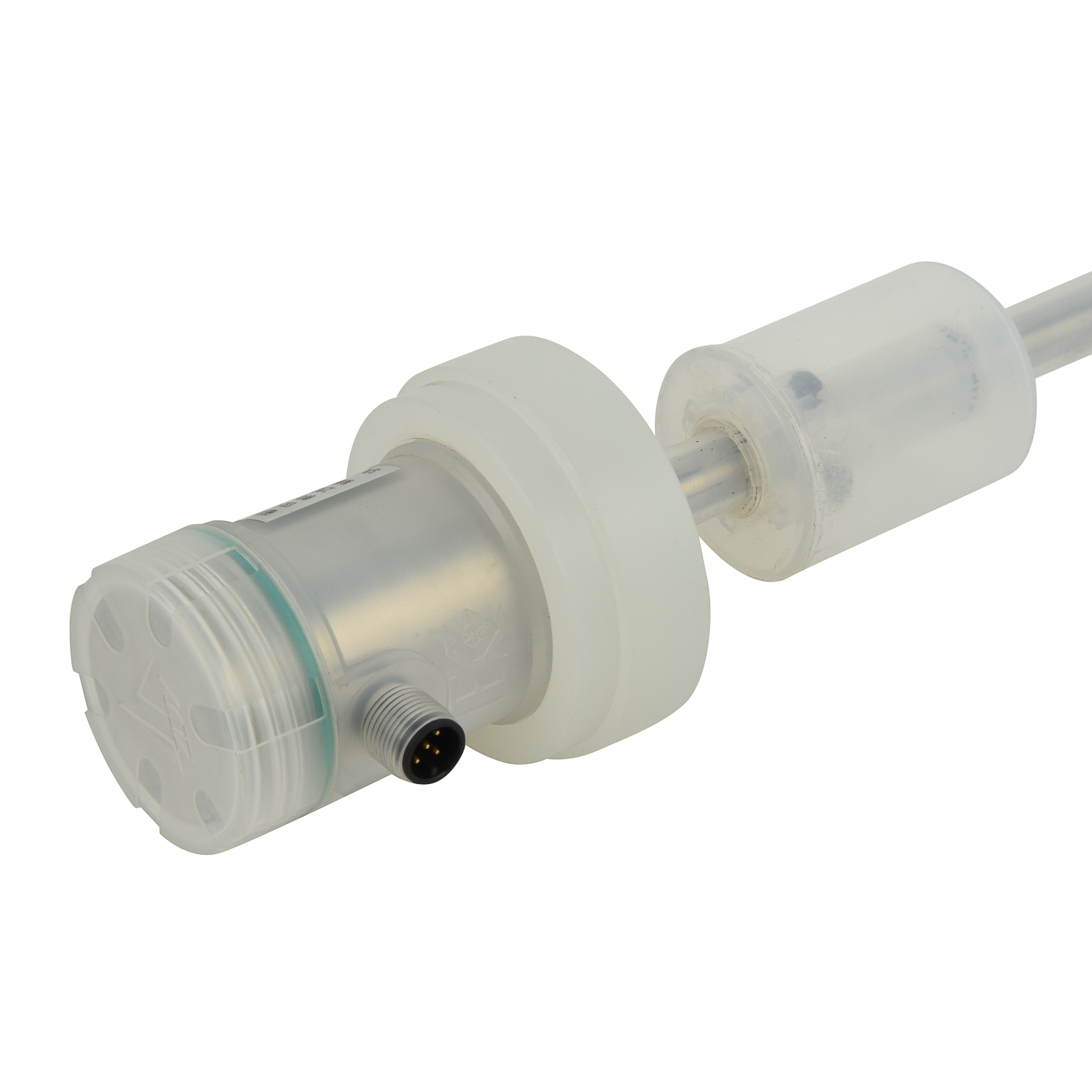
Future Applications and Technological Evolution
The ongoing development of magnetostrictive sensing technology continues to expand its applicability within the water treatment sector. Emerging innovations include multi-point level detection using multiple floats on a single probe, integrated temperature sensing capabilities, and enhanced diagnostic features for predictive maintenance. The technology's fundamental accuracy and reliability make it increasingly suitable for custody transfer applications, regulatory compliance monitoring, and advanced process optimization through integration with plant management software. As water treatment standards become more stringent and automation levels increase, magnetostrictive level measurement will play an increasingly vital role in ensuring operational excellence and regulatory compliance.
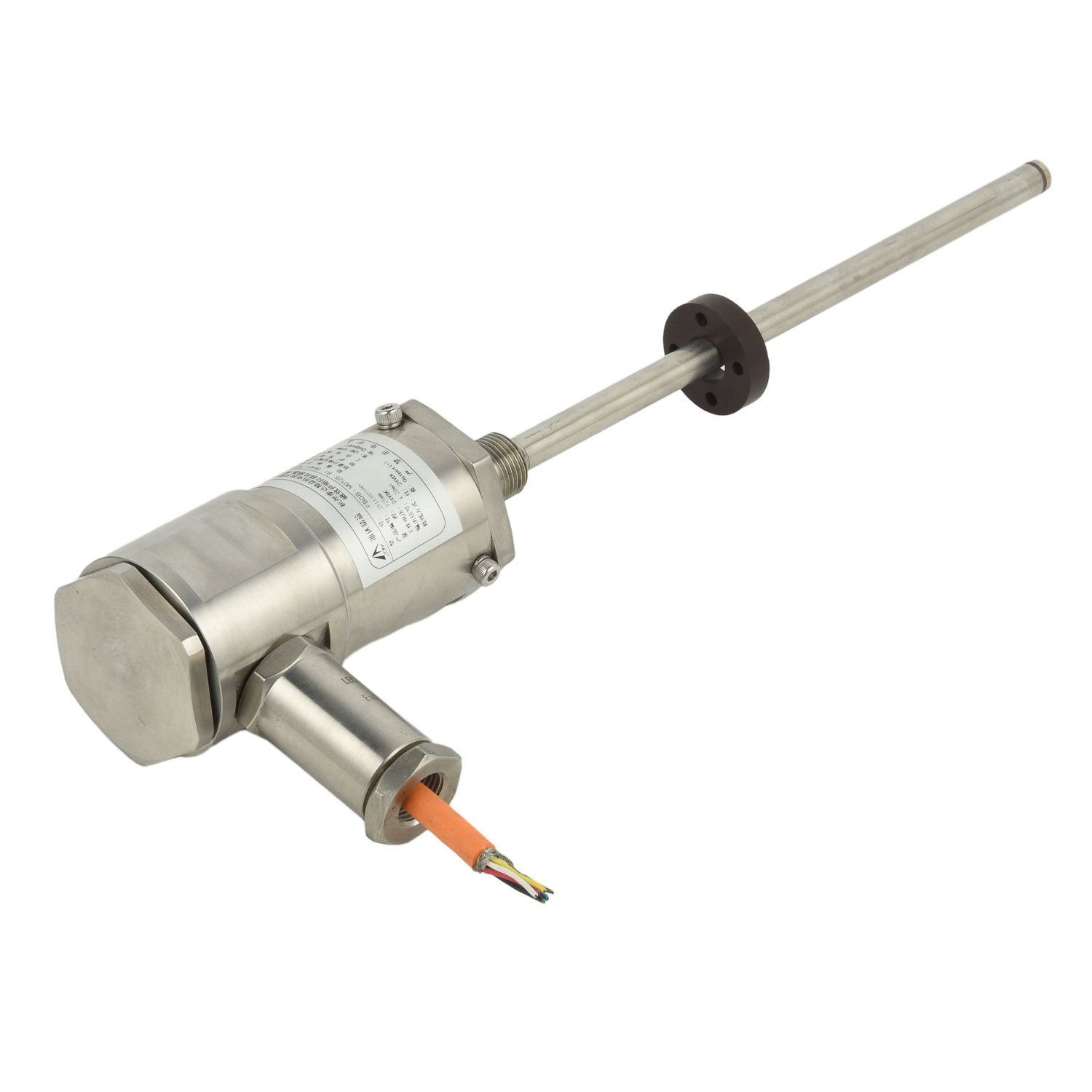 UpgradingYourLevelMeasurementS
UpgradingYourLevelMeasurementS
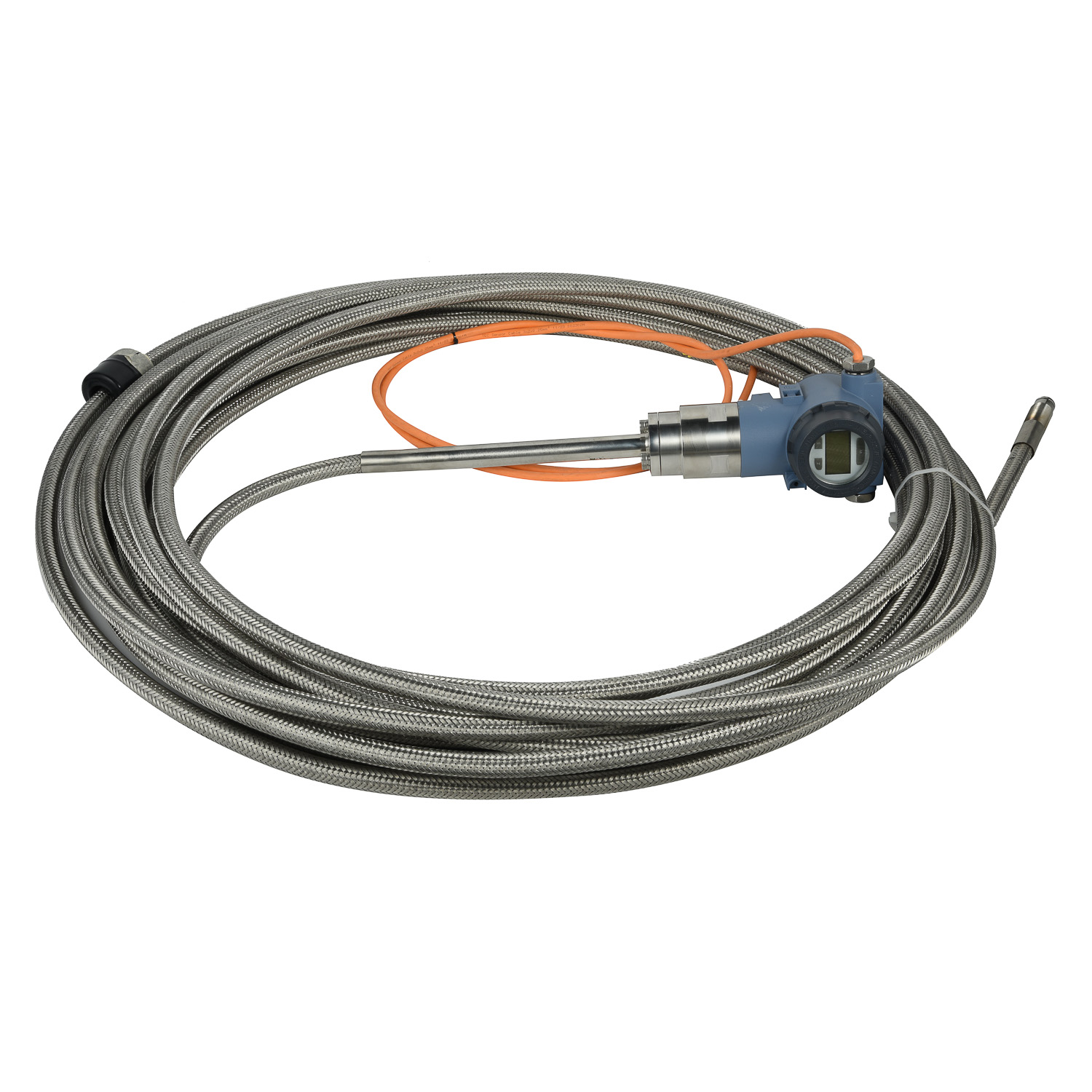 Why are magnetostrictive level
Why are magnetostrictive level
 ComparingMagnetostrictiveandRa
ComparingMagnetostrictiveandRa
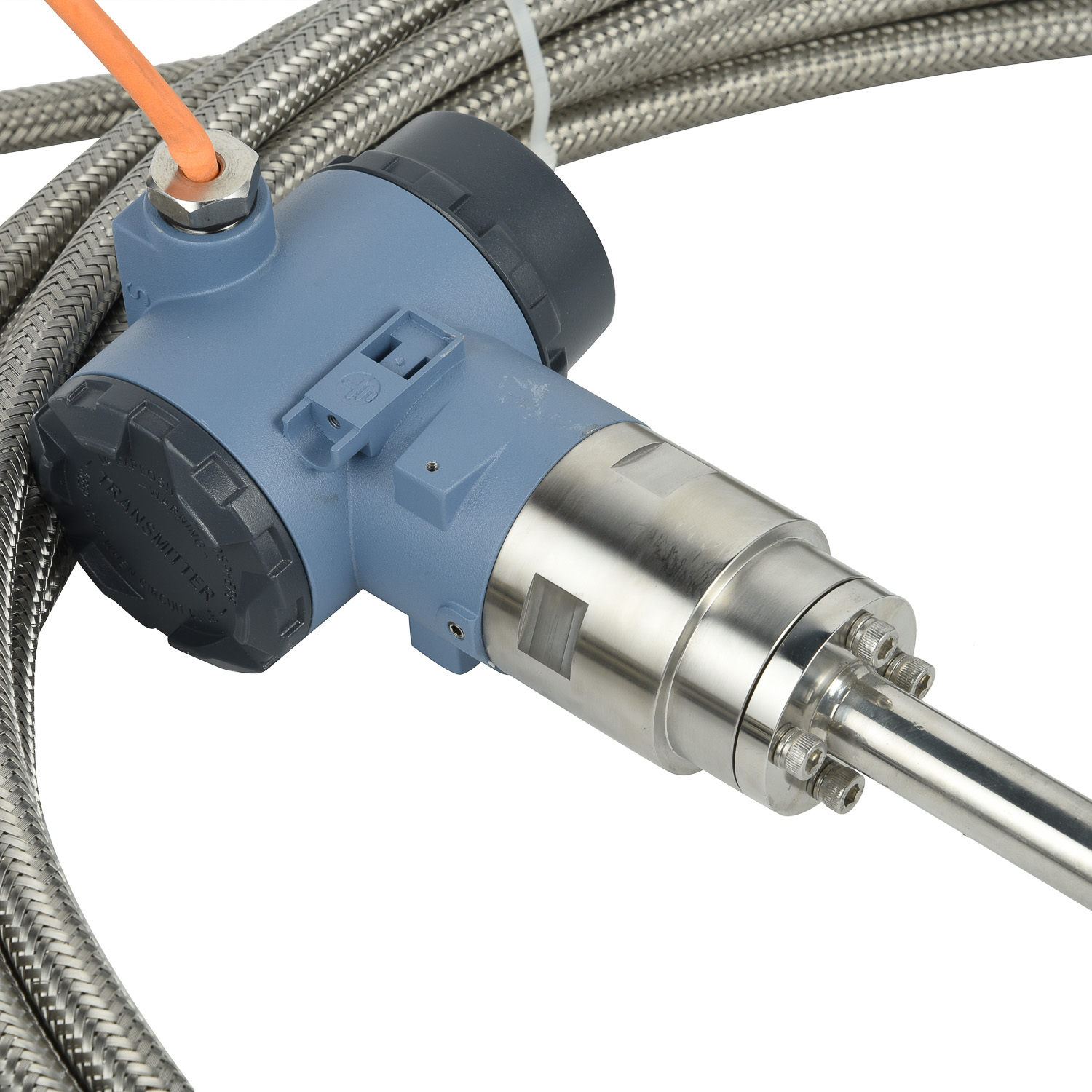 MagnetostrictiveLevelSensorfor
MagnetostrictiveLevelSensorfor
